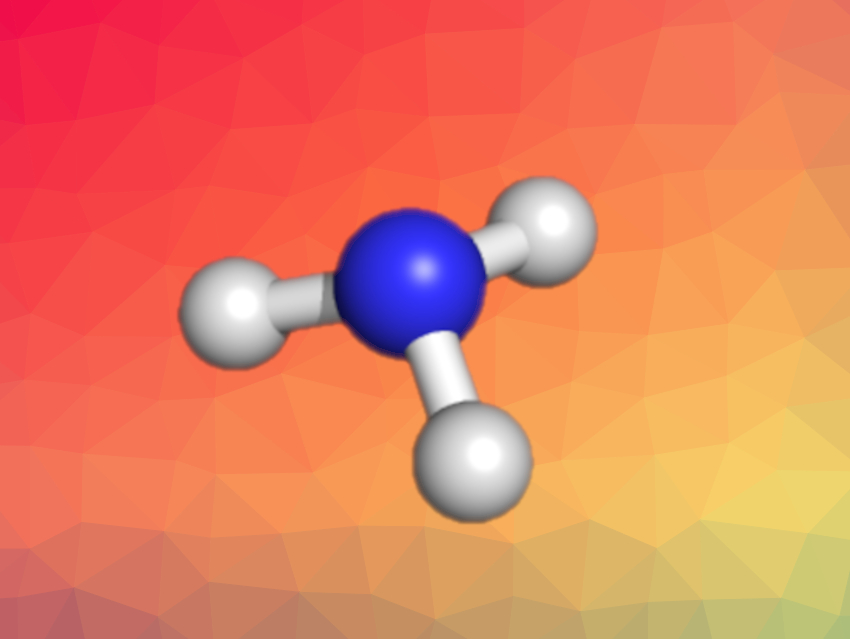Ammonia, the base material for nitrogen-derived fertilizers, is produced by the Haber-Bosch process under harsh conditions. This process is vital for crop and food production but needs large amounts of energy. Many research attempts towards milder synthesis conditions have failed so far or only produced trace amounts of ammonia. In mechanocatalysis, catalytic reactions are initiated by mechanical forces, in contrast to their thermally driven counterparts.
Ferdi Schüth and colleagues, Max Planck Institute for Coal Research, Mülheim an der Ruhr, Germany, have produced ammonia using mechanocatalysis in ball mills—at room temperature and down to atmospheric pressure. The team first performed a screening in a batch reactor: Potential catalysts were loaded into a milling jar together with steel balls and then milled under a mixture of hydrogen and nitrogen. After each experiment, the gas phase was analyzed using infrared spectroscopy.
The best catalyst, cesium-promoted iron, was then used in a continuously operating system under gas flow, leading to continuous ammonia formation with concentrations of more than 0.2 vol% at 20 bar and room temperature. A facile method like ball-milling could be a suitable tool for the production of significant amounts of ammonia at mild conditions. A better understanding of the processes inside the mill might lead to improved performance in the future.
- Mechanocatalytic Room‐Temperature Synthesis of Ammonia from Its Elements Down to Atmospheric Pressure,
Steffen Reichle, Michael Felderhoff, Ferdi Schüth,
Angew. Chem. Int. Ed. 2021.
https://doi.org/10.1002/anie.202112095




